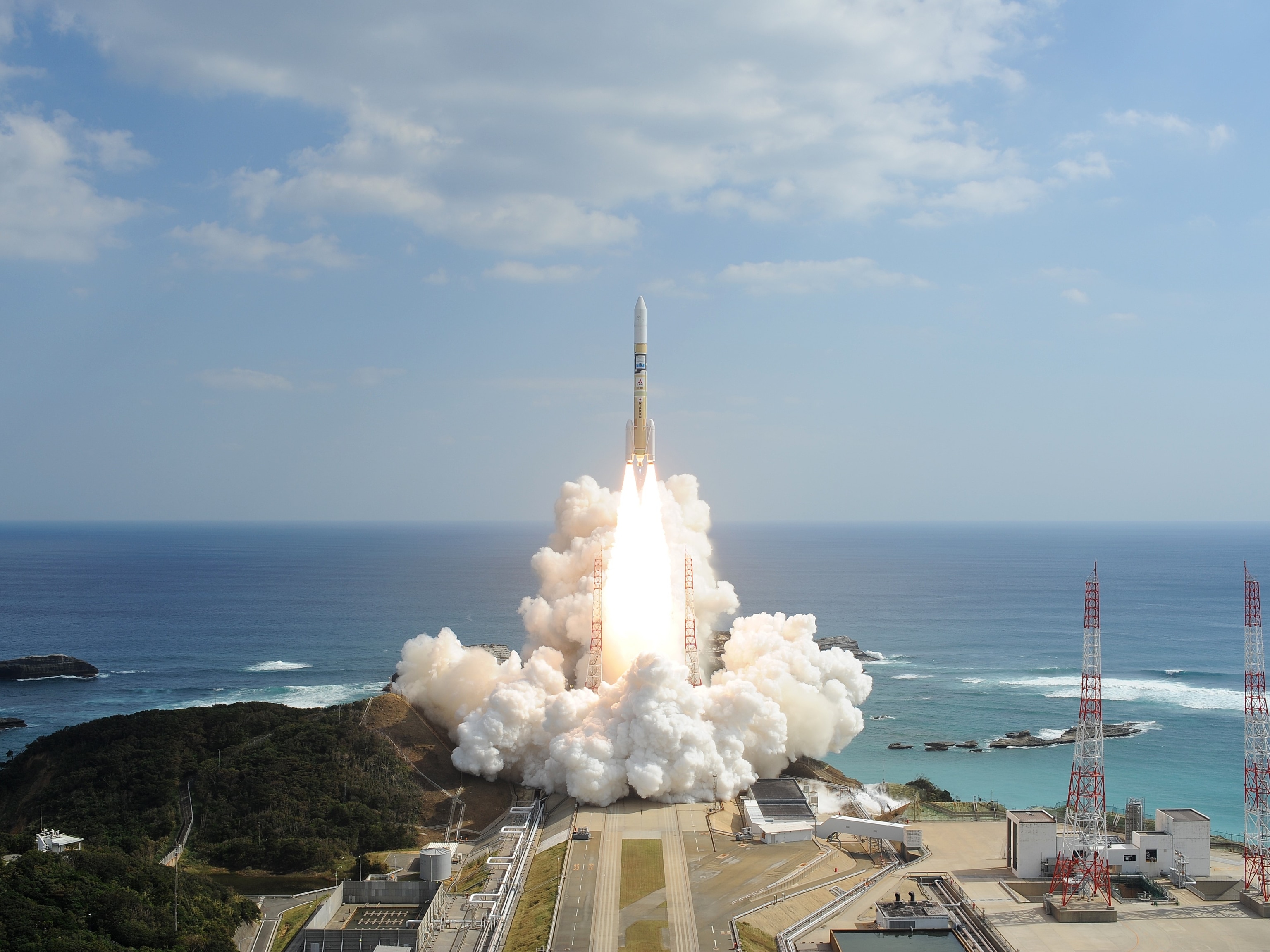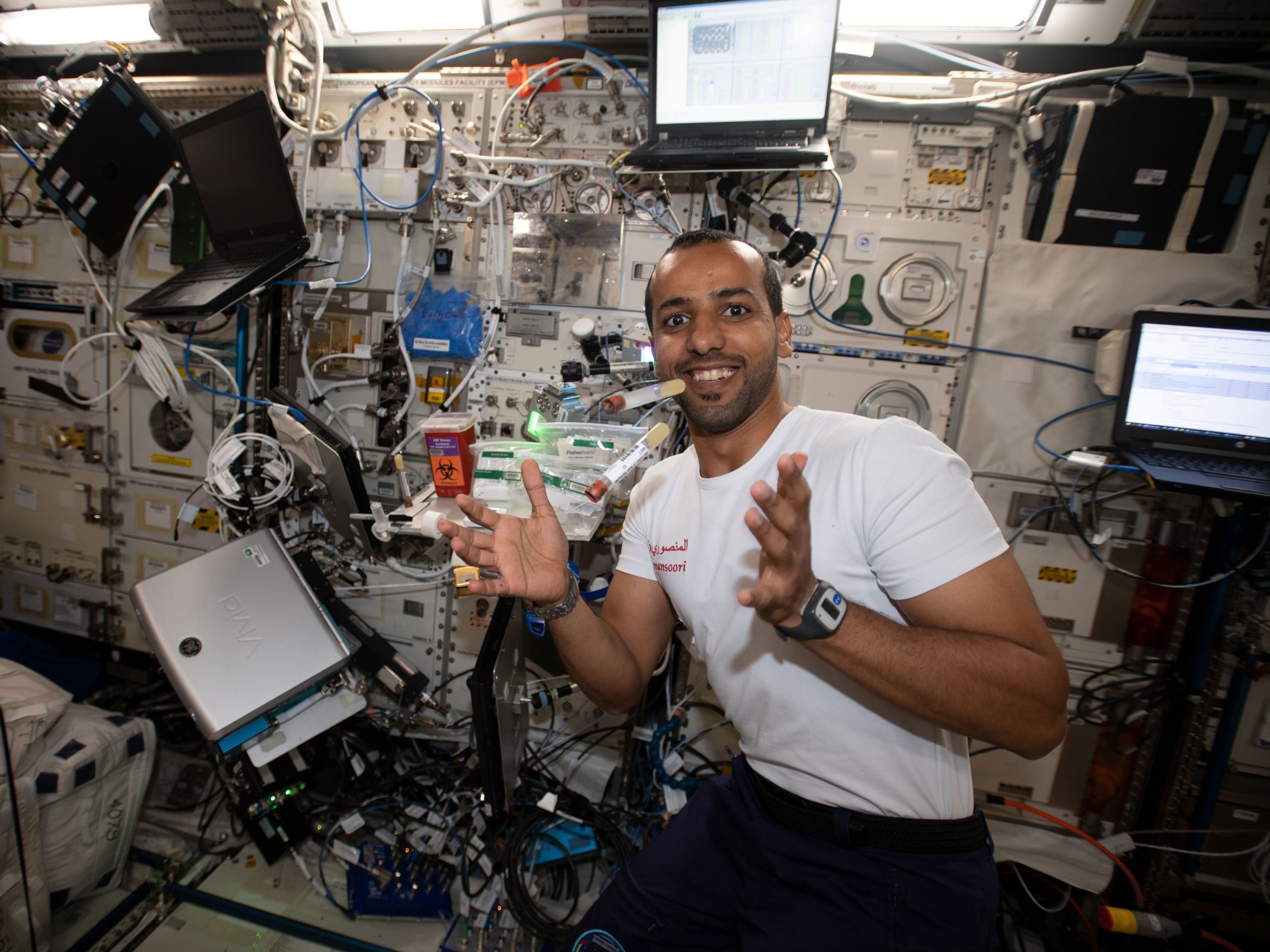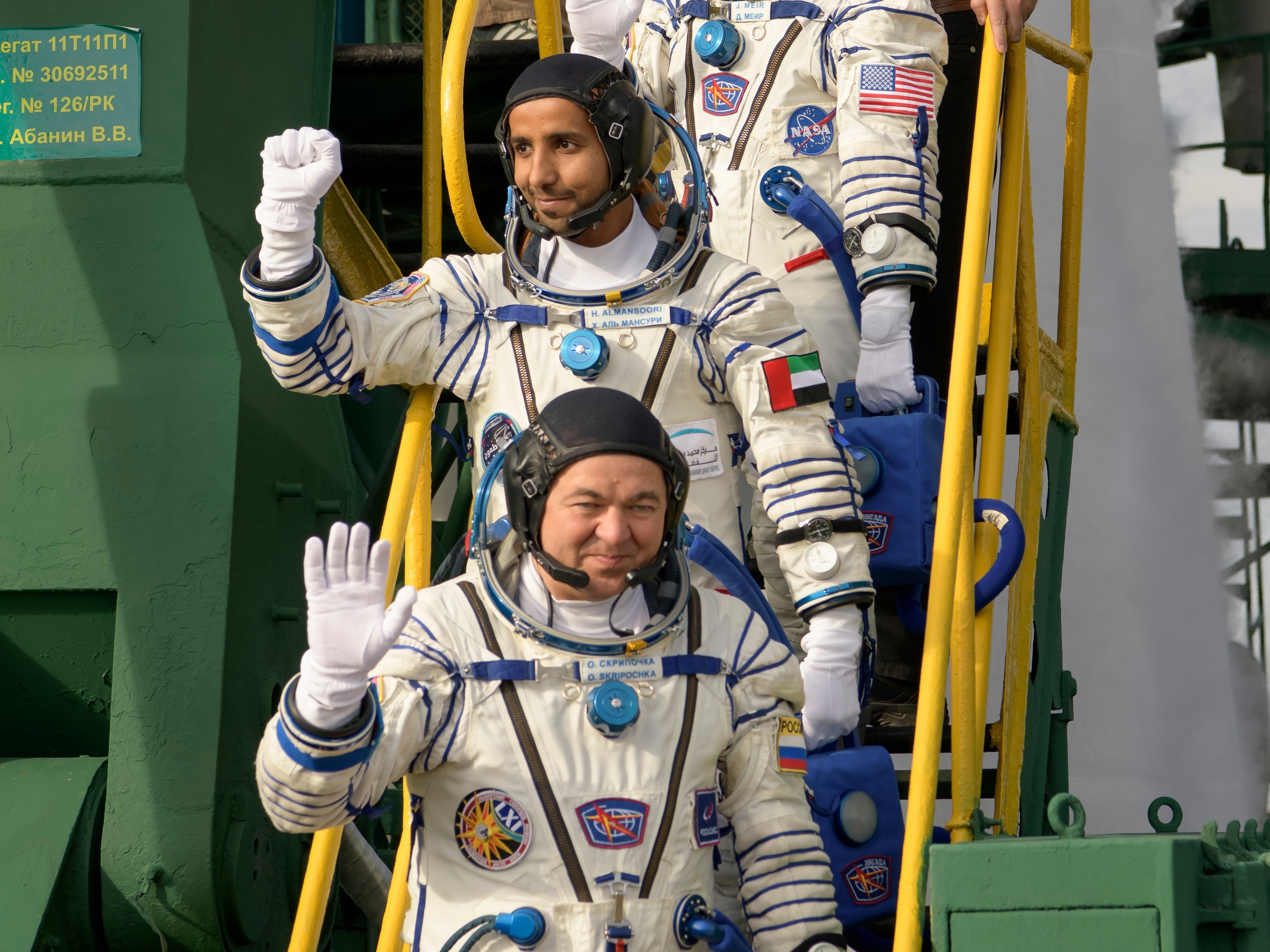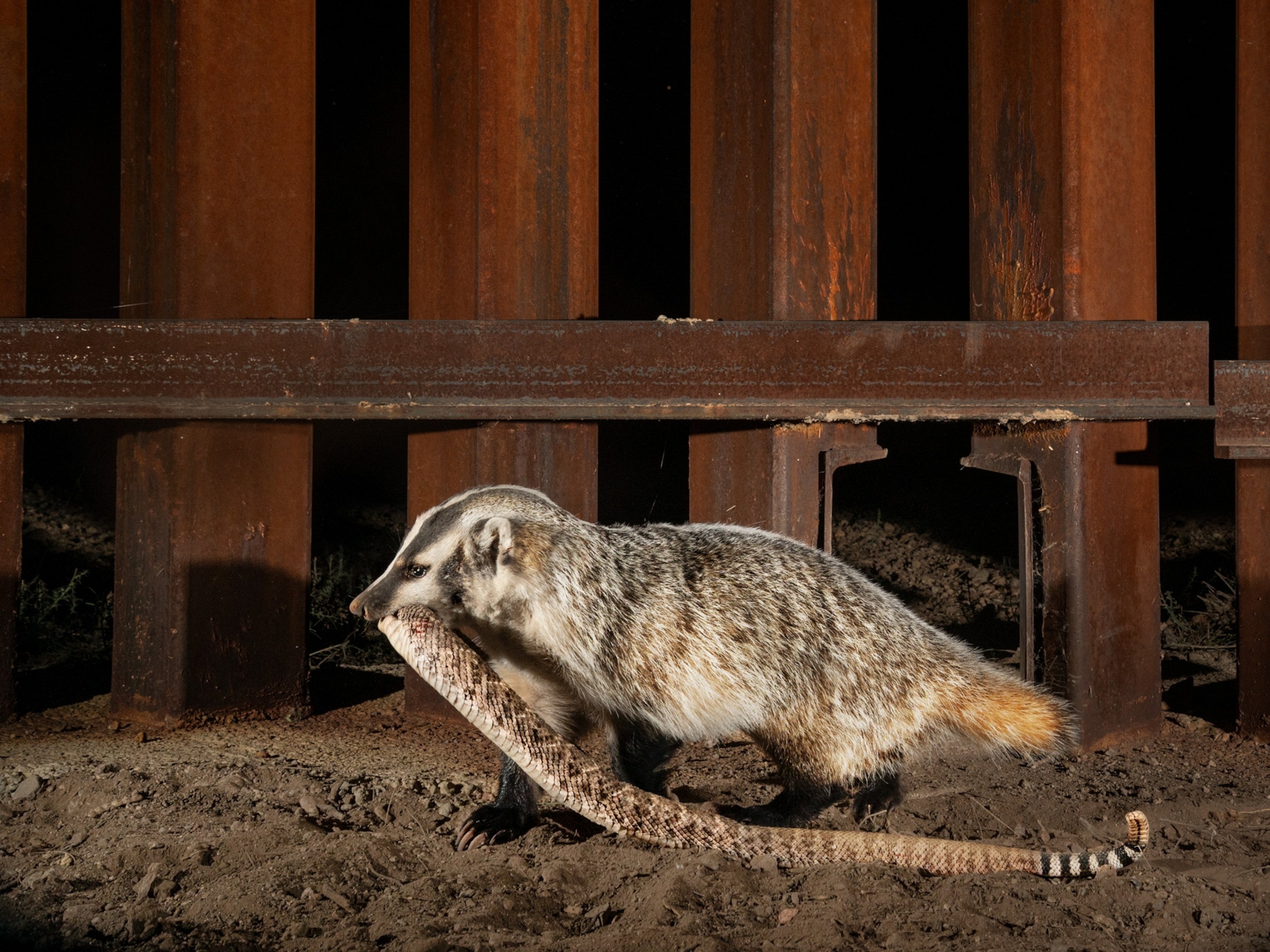“Be honest with yourself,” says Hazzaa AlMansoori.
That is the most important lesson the man slated to be the first Emirati in space has learned, during his time away from home.
“Be honest with yourself when you are doing anything — from working with others in a professional way, to be good with your family, to be a good father, good husband, good instructor, good cosmonaut and a good model for your country,” says the 35-year-old father of four, as he undergoes final training at Russia’s Yuri Gagarin Cosmonaut Training Center in Star City outside Moscow.
On September 25, AlMansoori will blast off from Baikonur Cosmodrome in southern Kazakhstan with crewmates Oleg Skripochka, the Russian Soyuz commander who has spent a total of almost a year in space during two tours of duty aboard the International Space Station (ISS), and NASA astronaut Jessica Meir, who is taking her first trip into Earth orbit.
The three make up the primary crew for the mission, and will join the astronauts already aboard the ISS.
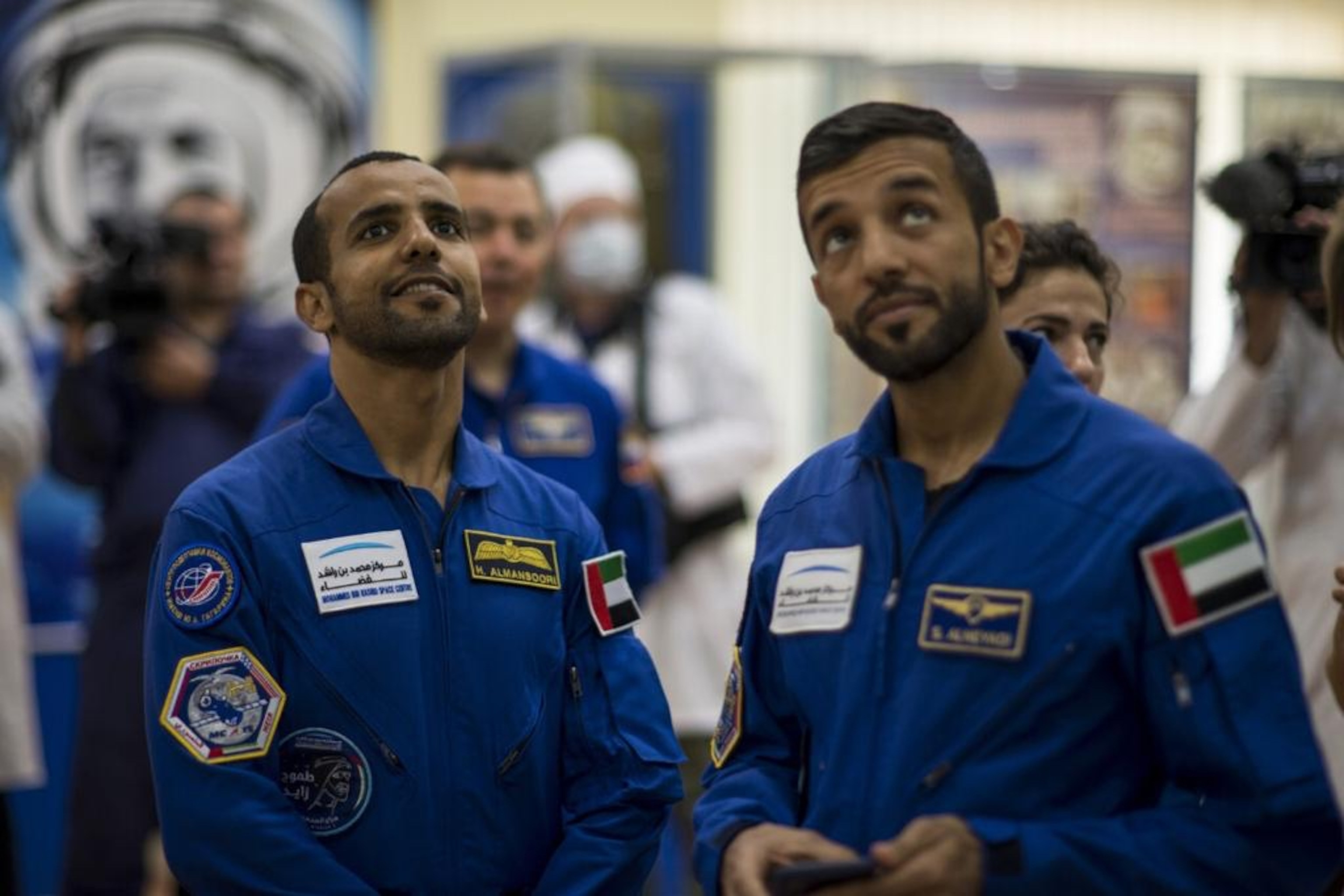
Finding new family
They say it takes a village to raise a child, then imagine how many people it takes to raise a rocket into space. And with all the new people AlMansoori has met along the way, it’s the counterparts set to sit next to him on launch day that he’s connected with the most.
AlMansoori and fellow Emirati astronaut Sultan AlNeyadi both say they have enjoyed getting to know their Russian and American counterparts.
“We have had dinner at the American Cottage at Star City and they talk about their experiments and their experience as an astronaut.”
NASA astronaut Flight Surgeon Thomas H. Marshburn says he has enjoyed getting to know the Emirati duo too.
“They are gracious and lovely human beings and we greatly enjoyed meeting them,” the North Carolina native says.
“I had the chance to join Sultan to sit in the right seat with us and he is an excellent crewmate and he's very good at what he does. We very much appreciate having him in there.”

Fueling new futures
There are three key pillars to AlMansoori’s eight-day stay on board the ISS. The first pillar is to conduct a series of scientific experiments. Second, he will lead some science in space experiments as part of a broader educational initiative. This educational outreach will involve providing guided tours of the spacecraft as well as daily updates of his work. The goal is to inspire would-be astronauts and capture the imagination of Emirati youngsters.
After this mission, AlMansoori and his backstop, AlNeyadi, will form the nucleus of the United Arab Emirates’ astronaut corps, members of which will one day hopefully visit the moon as well as walk on the surface of Mars.
Preparing for anything
When it comes to preparing for a trip to space, simple daily rituals such as eating take on a whole new shape. For example, AlMansoori says there is a bit of a technique that cosmonauts and astronauts have to use to open their cans of food “because they're hot — you have to make sure the contents don't float everywhere.”
Among contingencies they have trained for aboard the Soyuz are a launch failure leading to an emergency water landing, and evacuating the ISS in the event of a fire.
“Aboard the ISS you have a very short time to locate the fire, to fight the fire and do all this wearing a mask with very limited vision. But crew safety comes first. It's the priority, so we have evacuation procedures if there [are] any warnings, the ventilation system shuts down so the fire doesn't spread,” says AlNeyadi, who is second in line to make the trip to the ISS if required to replace AlMansoori for the mission.
AlNeyadi says each crew member has a designated Soyuz capsule to head to in the event of an evacuation. These capsules will then become their lifeboats back to Earth in the unlikely event they must evacuate.
AlMansoori says: “If an emergency happens in the Soyuz the first thing you have to do is seal your helmet and make sure there are two clicks, so you are completely sealed and safe and then you have to report to your commander, then we have to shut down all systems because there may be a short [circuit] behind a panel.
“One of my jobs is to shut down the whole power panel.”
Among the critical training of how to handle the Soyuz command module and cope with emergencies aboard the spacecraft and the ISS are day-to-day things like eating, sleeping and communicating with Earth, says AlMansoori.
AlMansoori says he is looking forward to sharing his traditional Emirati meals with his fellow crewmates on board the ISS.
The meals include balaleet, a sweet Emirati breakfast dish of egg and vermicelli; madrooba, a chicken dish and saloona, a stew made up of spicy vegetables with meat or lamb which can be eaten on its own or with rice.
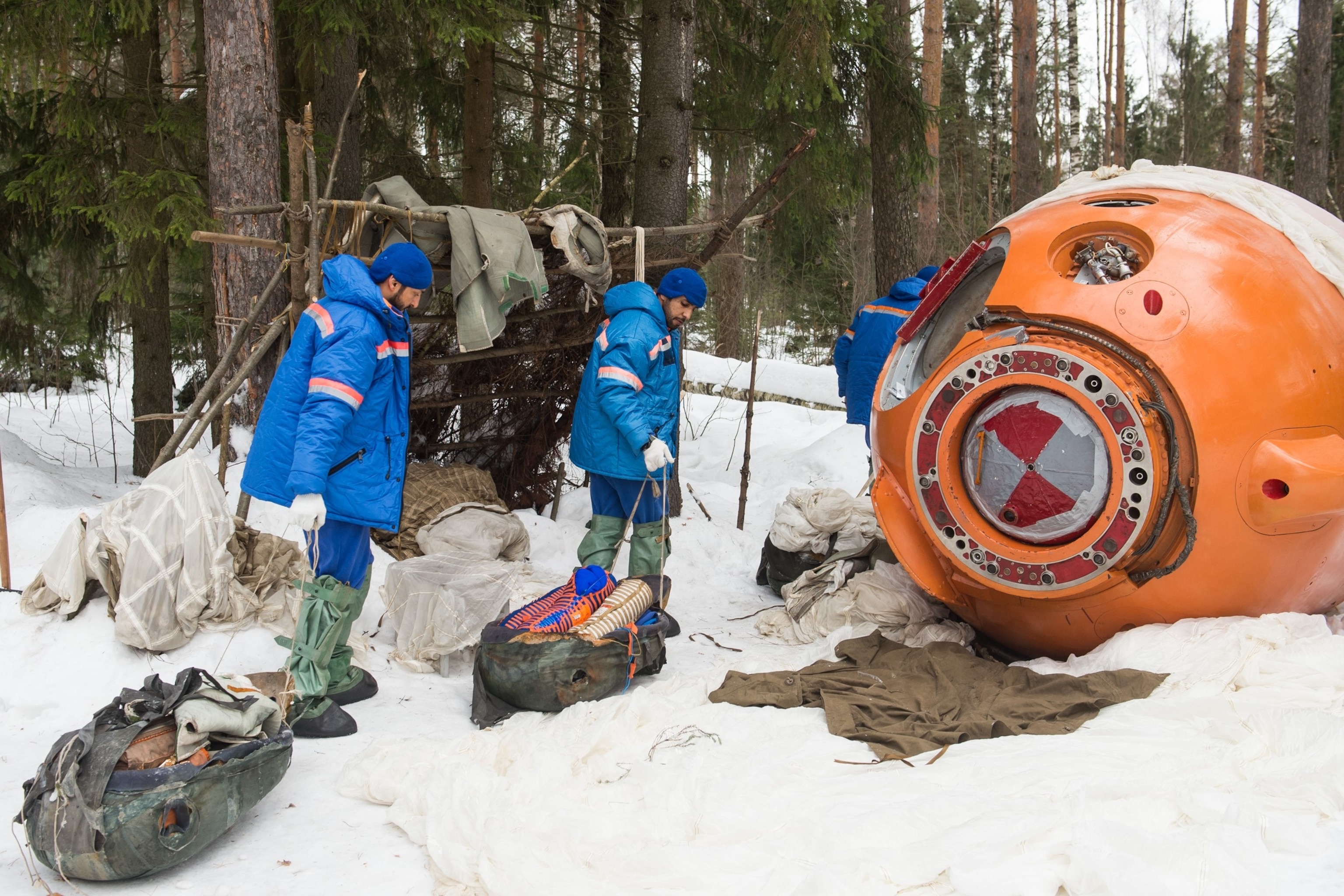
Saying hello to home
“One of the other moments I'm looking forward to is to see Earth from space,” AlMansoori says.
“Every astronaut who has been into space is amazed by the view from up there — 400km in orbit — this big blue planet. I want to see my home the UAE from space and take a picture and send it back to my family or friends and our leadership.
“We have a laptop on board [the] International Space Station which we can use to predict when we will pass over the UAE. We can wait for that moment to take a picture with our flag.”
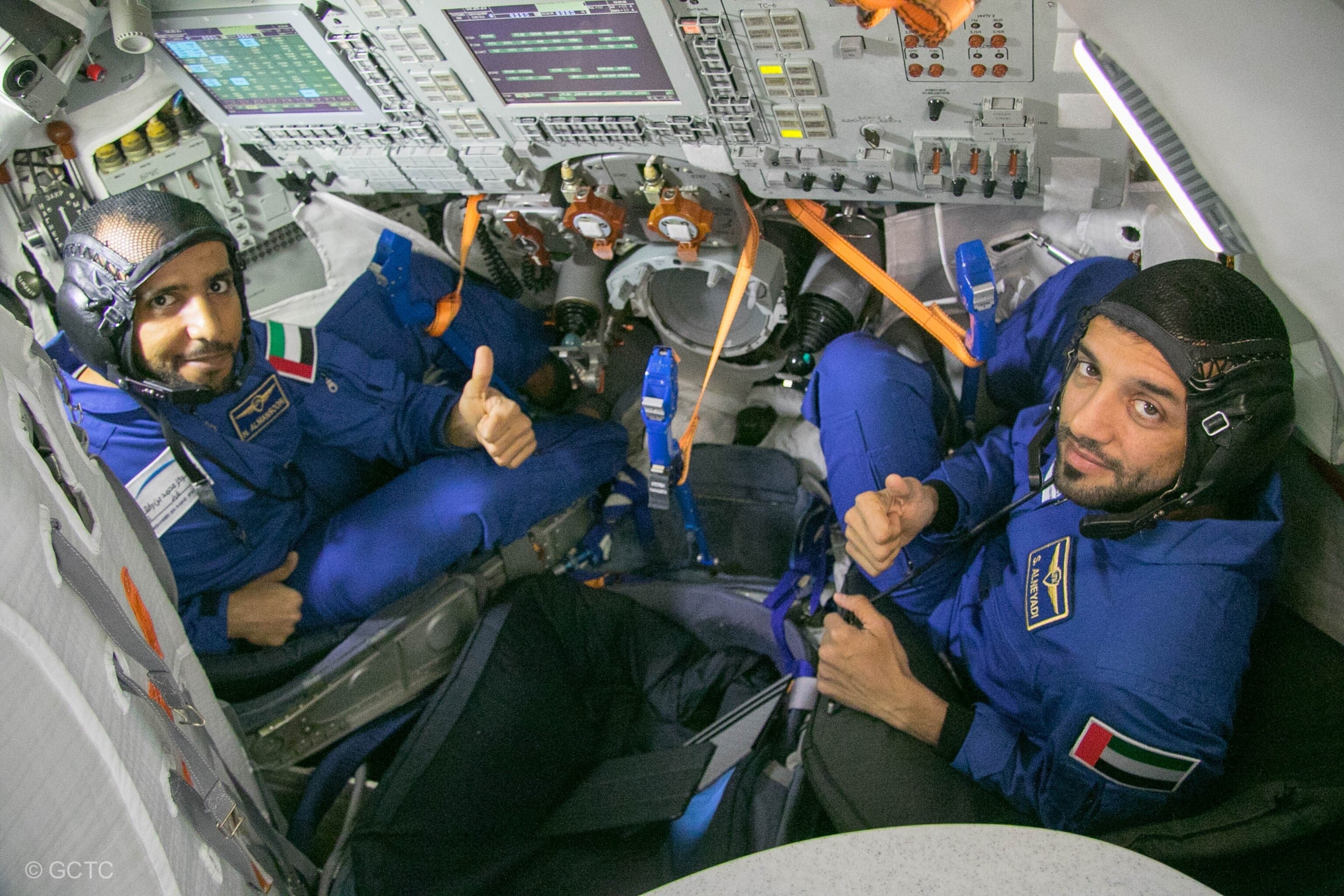
Discover more about the UAE’s Mohammed Bin Rashid Space Centre and their planned space missions on our Reach for the Stars content hub.


